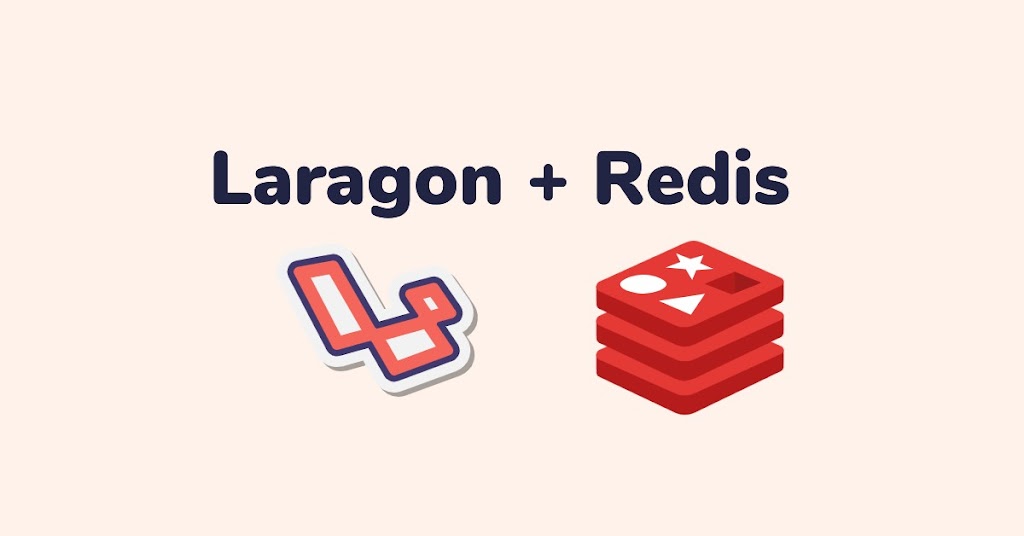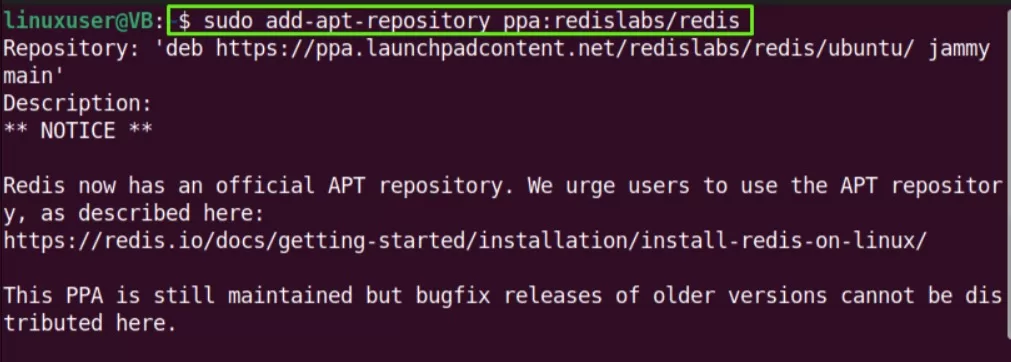
Blow App: Laravel and Redis configuration
Contents
It is crucial to ensure that Laravel and Redis are the perfect combination of performance and scalability of your applications in the fast-paced world of web development today. The popular PHP framework Laravel provides top-notch tools and packages for enhancing application performance. Redis, an open-source, in-memory data store that can substantially increase the speed and effectiveness of your Laravel application, is one important element in achieving this.
In this comprehensive guide, we’ll walk you through the step-by-step process of configuring the Laravel and Redis servers. By the end of this article, you’ll have a well-optimized Laravel application that leverages the power of Redis.
Why Laravel and Redis?
Before setting up Laravel and Redis, it’s important to understand why Laravel is a great fit for Redis.
Lightning-Fast Caching
Redis excels in caching data because of its lightning-fast speed. It keeps cached data in memory, making retrieval exceedingly quick. This may result in a significant drop in database requests, which will speed up the performance of the application.
Processing Real-Time Data
Redis is renowned for its publish-subscribe architecture, which makes it perfect for real-time applications like chat programs, real-time alerts, and more. This function can be used by Laravel to improve user experiences.
Session management
Redis storage of session data guarantees that user sessions are both secure and manageable. Compared to database- or file-based session storage, it is more effective.
Installing Redis
Installing Redis on your server is the first step in utilizing Redis for Laravel. Depending on the server’s operating system, the installation procedure may differ, but this is the general procedure:
Run the below command to your Terminal.
sudo apt-get install redis-server
Make sure that Radis server is running, You can check Radis server status using the below command.
sudo systemctl status redis Installing the Redis PHP Extension
Now that Redis has been set up on your server, it’s time to give Laravel the tools it needs to interact with Redis. Installing the Redis PHP extension will enable you to accomplish this:
composer require predis/predisThe advised option for Laravel is Predis, a well-liked PHP client for Redis.
Configuring Laravel
Now that Redis and the PHP extension are installed, Laravel can be set up to use Redis for session management and caching. Open the .env file for your Laravel project and make the following modifications:
CACHE_DRIVER=redis
SESSION_DRIVER=redisHowever, if your Redis server is configured differently, modify these settings accordingly.
Caching Configuration (Optional)
The cache store and duration can be changed if Redis is to be used for caching. Add the following settings to the config/cache.php file:
'default' => env('CACHE_DRIVER', 'redis'),
…
'redis' => [
'driver' => 'redis',
'connection' => 'default',
'lock_connection' => 'default',
],Using Laravel’s caching features, it is now possible to cache data in Redis. Here’s how to store data in a cache for 60 minutes:
// Caching data for 60 minutes
Cache::put('key', 'value', 60);Using Laravel and Redis in Your App
Redis is now available for use in Laravel applications. To cache data, for instance. To retrieve data from the cache
$data = Cache::get('key');Testing Redis Connection
Run the following command to make sure Redis is set up correctly:
php artisan cache:clearIf there aren’t any mistakes, your Redis configuration is probably accurate, and your Laravel application is now ready to take advantage of Redis’ advantages.
Starting the Redis Server
Redis can be started using the following command if it isn’t already running:
sudo service redis-server startTo check the Redis version you can use the below command
redis-server -v
Redis will now be operational and prepared to improve the functionality of your Laravel application.
You’ve successfully configured the Laravel and Redis applications by following these instructions, and you’re now ready to increase the performance and effectiveness of your application. Laravel and Redis are potent tools that can advance your Laravel project, whether you’re optimizing cache, enabling real-time capabilities, or managing user sessions.


